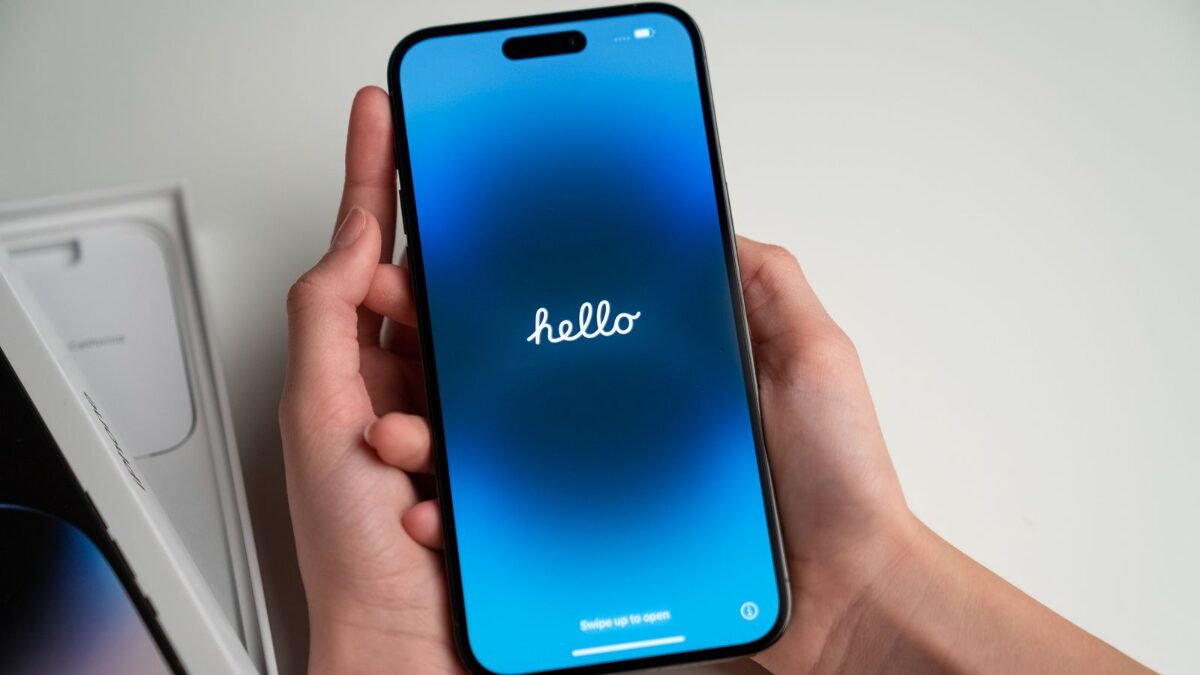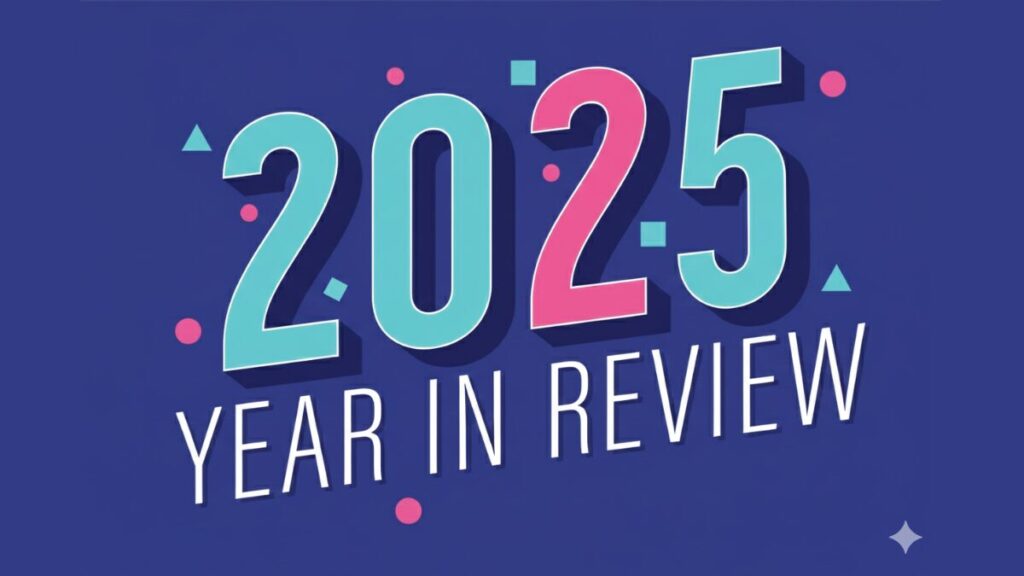Apple iOS 18: what’s next for marketers?

Apple’s iOS 18 will bring significant changes impacting your marketing strategy. It’s important to understand these updates to adapt your strategies and ensure your campaigns remain effective. Let’s explore some of the key updates and discuss what you can do to keep up with them.
On-device categorization in Mail
One of the most notable changes in iOS 18 is the introduction of on-device categorization in Apple Mail. Incoming emails will now be automatically sorted into four categories:
- Primary for personal and urgent messages
- Transactions for confirmations and receipts
- Updates for news and social notifications
- Promotions for marketing emails and coupons
The categorization is similar to current practices in platforms such as Gmail, where users are accustomed to having separate inboxes like ‘focused’ and ‘others’.
How on-device categorization will affect your marketing KPIs
While on-device categorization might seem like a minor update, it has significant implications for marketers:
- Impact on open and click-through rates
Emails sorted into the Primary tab are more likely to be seen and opened quickly. This makes it a prime objective for many marketers. The promotions tab also has potential, as users often browse this section while shopping, showing a willingness to engage with marketing messages.
- Shift in focus to onsite conversions
Given the potential for lower open and click-through rates in the Promotions tab, marketers should focus more on driving onsite conversions. By optimizing your website for conversions, you can still achieve your marketing goals even if your emails don’t get as much immediate attention.
How to optimize your campaigns for on-device categorization
Here are some ways you can optimize your marketing campaigns:
- Segment your email list: Tailor your content to different segments based on preferences or behavior.
- Optimize for the Primary tab: Prioritize your most important emails for this tab.
- Leverage the Promotions tab: Experiment with different subject lines and call-to-actions to see what resonates best.
- Track performance: Monitor your email performance metrics across different categories.
Apple Mail digest view
iOS 18 introduces a new digest view for Apple Mail, revolutionizing how users interact with their inboxes. This feature compiles relevant business emails into a single, easily accessible format, allowing users to quickly scan and access important information at a glance. The digest view groups messages from a single sender into a unified view, making them easier to locate and scan.
Each sender appears to have their own digest view with two distinct modes:
- Snippet mode: Displays brief excerpts of emails for quick scanning.
- Preview mode: Shows a text preview of each message, which does not appear to be AI-generated at this time.
This organization helps users stay on top of their communications without sifting through a cluttered inbox, ensuring that important information is not overlooked.
For marketers, this update emphasizes the importance of crafting concise, engaging subject lines and content. Emails without a clear message and call-to-action may struggle to capture attention in the digest view.
How to optimize your campaigns for Apple Mail digest view
To optimize for this new format, consider the following strategies:
- Craft compelling subject lines: Write clear and concise subject lines that accurately reflect the email’s content and entice recipients to open it.
- Prioritize key information: Structure your email content with the most important details at the top, ensuring they’re visible in the snippet or preview modes.
- Use a clear writing style: Avoid jargon and technical terms that may confuse recipients, focusing instead on straightforward language that conveys your message effectively.
By adapting to this new digest view, marketers can ensure their messages stand out and remain effective in the evolving landscape of email communication.
Personalized notifications
iOS 18 enhances notification management by personalizing and summarizing alerts based on user interactions. This AI-driven feature prioritizes notifications that are most relevant to users, allowing them to focus on the most important information without being distracted by less significant alerts.
For marketers, this shift underscores the importance of crafting timely, relevant, and valuable notifications to ensure their messages are not filtered out.
To effectively utilize this new notification system, marketers can leverage marketing automation to send timely and relevant emails:
- Behavioral triggers: Automate notifications based on user actions, such as sending reminders for abandoned carts or follow-ups after a purchase.
- Time-based campaigns: Schedule notifications to align with key events, holidays, or user-specific milestones to enhance relevance.
- Location-based alerts: Implement geofencing to send notifications when users are near a store or location, providing timely offers or information.
- Personalized content: Use dynamic content to tailor notifications based on user preferences, past interactions, or demographic data.
Optimizing notifications for iOS 18
To maximize the effectiveness of notifications, marketers should consider the following:
- Relevance: Ensure notifications align with user interests and behaviors to increase engagement.
- Clarity: Use clear and concise language to make notifications easy to understand and act upon.
- Testing: Experiment with various notification settings and formats to see what works best for your audience.
By incorporating marketing automation into your strategy, you can enhance user engagement and ensure your messages are prioritized in iOS 18.
Rich communication services (RCS)
iOS 18 marks a pivotal shift in mobile messaging with the introduction of rich communication services (RCS) support in the Messages app. This update is set to revolutionize interactions between iOS and Android devices, gradually phasing out traditional SMS in favor of a more advanced and feature-rich messaging standard.
For marketers, this transition opens up exciting new possibilities for customer engagement and campaign effectiveness. The adoption of RCS by Apple is particularly significant for marketers, offering a powerful tool to enhance customer interactions and achieve better outcomes.
Key features of RCS you can leverage include:
- Rich media content: Send high-quality images, videos, and personalized messages to create more visually appealing and engaging content
- Interactive elements: Implement quick-reply buttons and chatbot-like features to streamline customer interactions
- Branded messaging: Enhance credibility with verified sender profiles, complete with logos and brand colors
- Location-based services: Offer targeted suggestions for nearby stores or local deals based on user location
- Dynamic carousels: Allow users to swipe through various options, enhancing the interactive experience
Dotdigital’s mobile messaging solutions
Dotdigital is already ahead of the curve. In our September release, we’re inviting you to pre-register your interest to try new mobile messaging channels that offer a richer customer experience. This includes:
- Native WhatsApp: Provides self-service campaign management, two-way chat, and user-friendly editing, along with easy reporting and segmentation
- Branded mobile messaging: Allows sending SMS-like messages branded with your logo and a verified tick, reassuring recipients that the message is legitimate.
As RCS becomes more prevalent, marketers who adapt quickly will gain a competitive edge. This new standard not only enhances communication but also provides a robust platform for creating more immersive, interactive, and personalized customer experiences. By leveraging these advanced features, marketers can expect to see increased engagement and relevance in their mobile marketing campaigns.
Distraction control
Apple Safari distraction control feature in iOS 18 offers users the ability to customize their browsing experience by selectively eliminating unwanted web elements. While intended to enhance user experience, distraction control can pose challenges for marketers who rely on certain web elements to engage and convert visitors.
The elements that will be affected will include:
- Popovers: Popovers, often used to promote offers or collect email addresses, may be blocked by distraction control.
- Banners: Banners announcing sales, new products, or other promotions could be hidden, reducing their visibility.
- Sign-in windows: Websites requiring users to sign in to access content might find that distraction control prevents the sign-in window from appearing.
How to adapt to distraction control
To reduce the potential negative impact of distraction control, you should consider the following strategies:
Prioritize user experience
- Optimize for clarity and efficiency: Create a clean, uncluttered website design with intuitive navigation and fast load times.
- Minimize distractions: Reduce the number of unnecessary elements on your website to avoid overwhelming users.
Leverage in-page links
- Improve navigation: Use internal links to guide users to relevant content, making it easier for them to find what they need without relying on external elements.
Optimize for mobile
- Ensure compatibility: Design your website to be fully responsive and mobile-friendly, as mobile devices are increasingly used for browsing.
Consider alternative call-to-actions
- Forms: Incorporate forms or chatbots to capture user information without relying solely on pop-ups.
- Sticky headers: Use sticky headers to keep your primary navigation or call-to-actions visible at all times, even as users scroll down the page.
By adopting these strategies, you can adapt to the changing landscape of web browsing and ensure that your website remains effective in the face of distraction control.
And that’s what you need to know
Apple’s iOS 18 update brings important changes to the mobile landscape, presenting new opportunities and challenges for marketers. From the on-device categorization in Apple Mail to distraction control in Safari, it’s essential to understand and adapt to these updates to reach your target audience.
By focusing on providing value to users—whether through crafting compelling subject lines, leveraging RCS capabilities, or optimizing notifications—you can continue to achieve your marketing goals.
Prioritizing user experience and strategizing to maximize your email and mobile campaigns in light of these changes will ensure you stay ahead of the curve and maintain a strong connection with your audience in the iOS 18 era and beyond.



